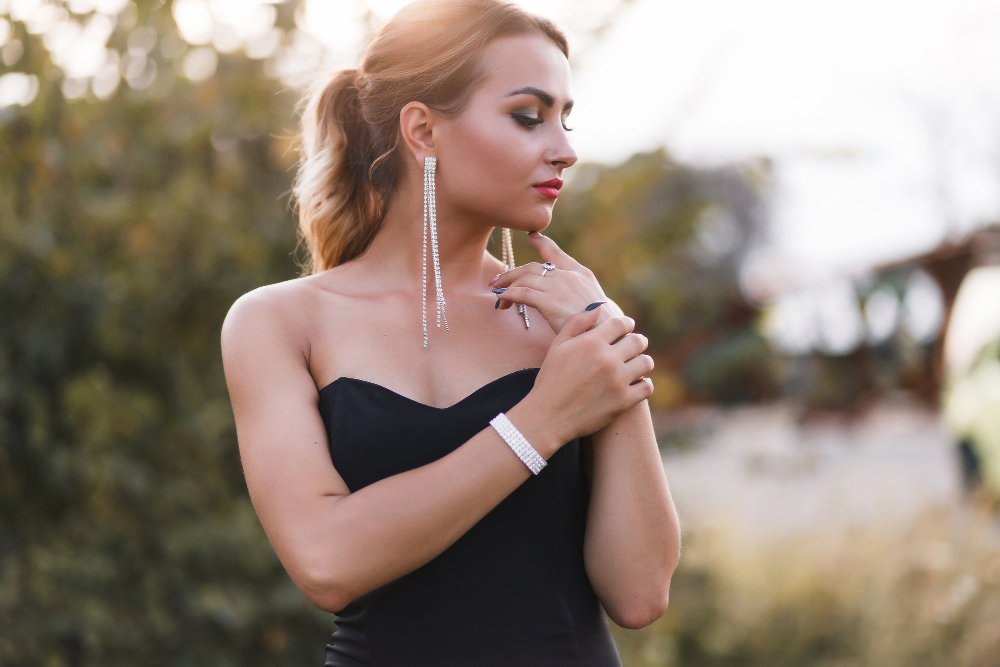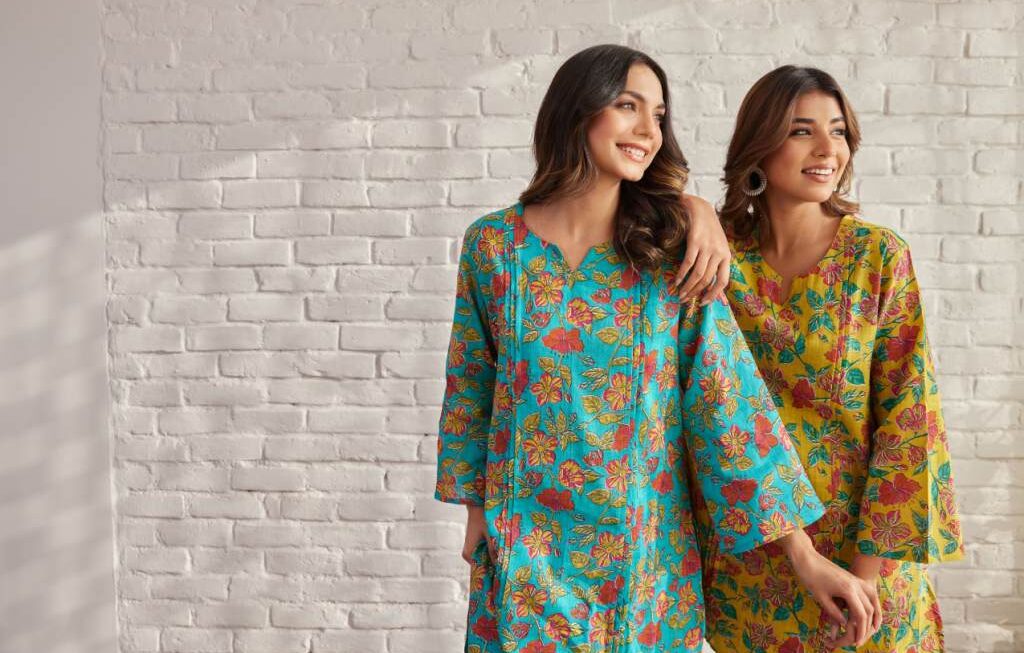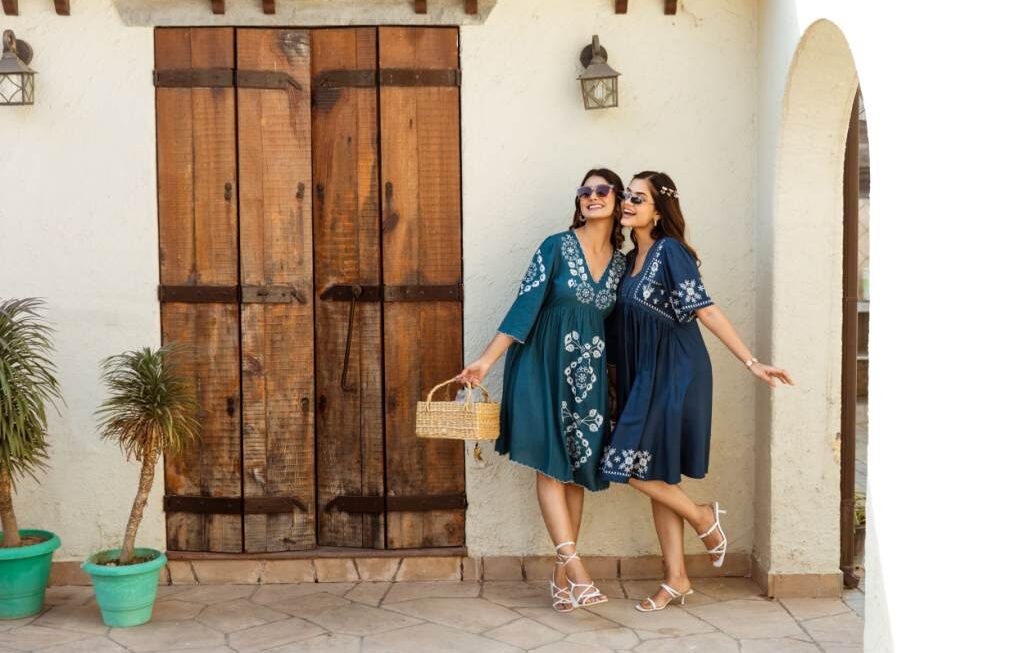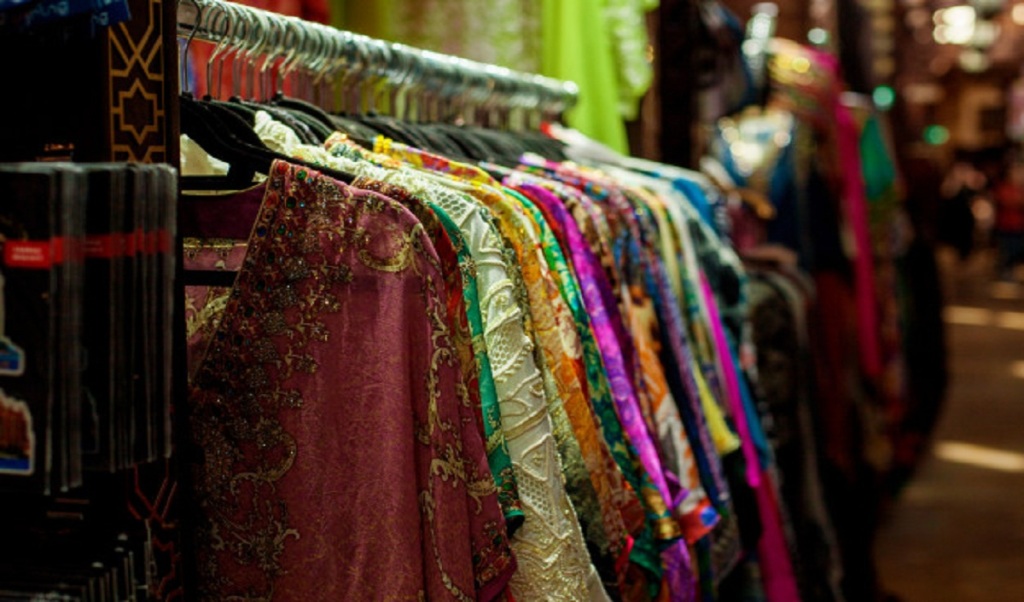A widespread debate we often hear in the world of fashion and pop culture, in general, is “Are corsets oppressive?” Although many people would agree with this statement, many fashion historians would beg to differ for corsets were an essential piece of any woman’s wardrobe.
Now, corsets have a rather tremulous history; not only in terms of gender roles but also in shape, it is important to note that- yes they did promote unrealistic beauty standards and if not executed properly, could be rather uncomfortable. However, it is to be acknowledged that they were meant to provide support. Before anyone brings up the health hazard, do you really want to trust the medical files of the 1800s? Most of the extreme waist-cinching, rib-changing corsets were worn by the society’s elite i.e. The Kardashians of that time. I will go over the various arguments surrounding corsets and how corsets are back on everybody’s Pinterest boards in the 2020s (If I do not say fashion is cyclical, some imposter wrote this)
History, timeline
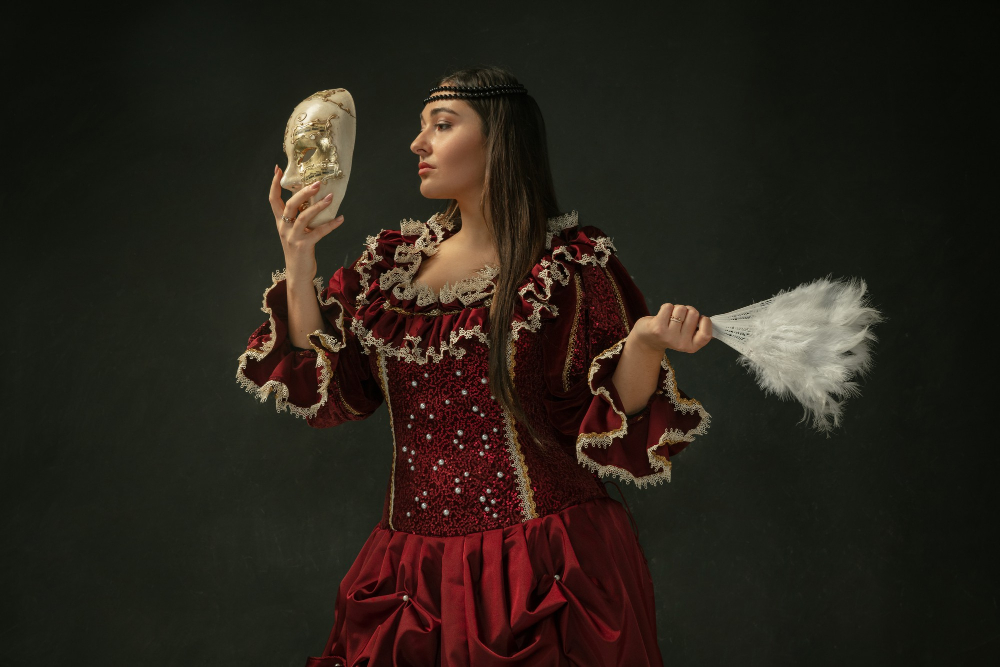
Corset-like garments have appeared as early as 1600 BC, but we will focus on the 16th century onwards. From the 16th to the early 20th century corsets were worn by both men and women. In the 19th century when corsets hit their apex, many medical files presented the belief that corsets are hazardous to health and are the reason behind various problems women face. I, personally, think we should take any medical information from the 19th century with a grain of salt. However, it’s not just me. Fashion historians, Valerie Steele and Colleen Gau have pointed out that tight lacing may have caused fainting and lowered vitality but could not have led to any major diseases. Moreover, Abby Cox, in a video with Bernadette Banner, Karolina Zebrowskax, Nicole Rudolph and Samantha Bullat strongly advised to not believe the medical journals as corsets were simply for support and only worn abysmally tight by upper-class women.
The 1900s brought forth an interest in sports and dancing; women had more freedom to pursue various physical activities. French designers were playing with a different silhouette that was more shapeless, slender, and straight unlike the hourglass shape a corset gives you, which is prominently visible in the flapper girls of the 1920s, say, The Great Gatsby. In 1907, Madeleine Vionnet released a collection with no corsets and is the, self proclaimed, first couturier to have done that– although Chanel and Poiret also claim to be it. Fashion started taking inspiration from the empire waistline- loose directoire silhouette of the 1790s as well as taking inspiration from Asian silhouettes such as pantaloon pants and robes.
To support this lifestyle and the new desired body shape companies started producing elasticised corsets. These were marketed to be the “way” to achieve a slender, lean figure all the while supporting all the activities that a young lady in the 1920s would engage in. The post-war era riddled the desire away from corsets and women started seeing them as outdated and something that belonged to their mother’s or grandmother’s closet.
The 1930s and 40s were when women had to take over more jobs because of the war. The 1950s saw a rise in the hourglass silhouette thanks to Dior’s “New Look”, people wanted to go back to their lives so women went back to the ‘feminine’ hourglass look, bringing back the corsets.
The mid to late 60s saw another shift in the desired body type. With the hippie movement on the rise, people started focusing more on fitness and diets as well as a more ‘boxed’ silhouette.
The punk movement saw lingerie and inner wear as outerwear, which led to corsets being worn over or as clothing. Westwood in the 70s incorporated corsets in her collection and it soon became a staple for their brand identity. Jean-Paul Gaultier in the 80s yet again sensationalised the corset with his immaculate tailoring and influential clientele.
Materials
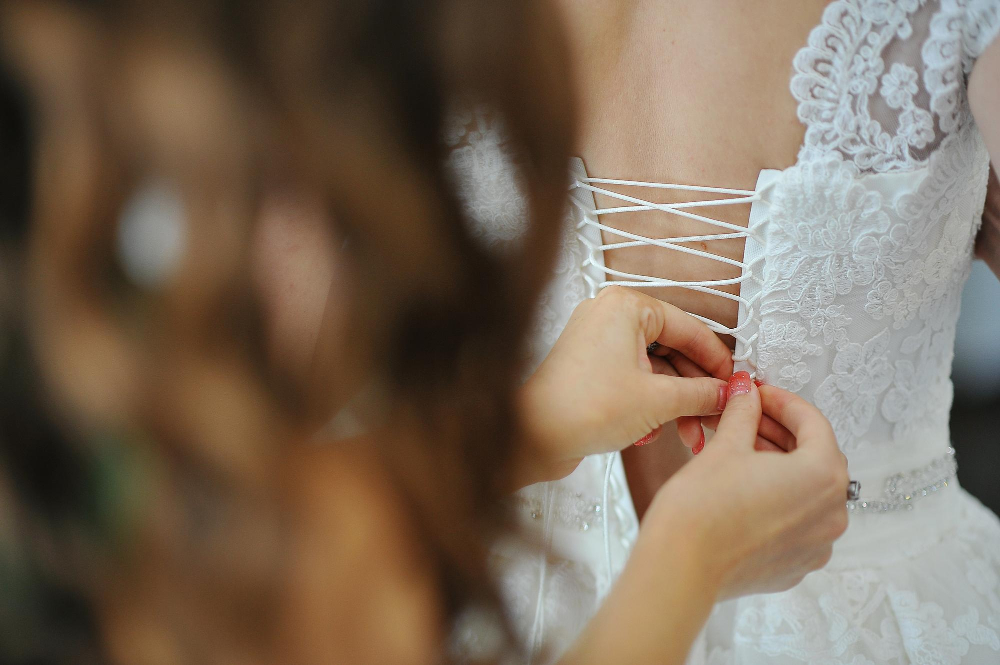
The term ‘Corset’ was incorporated in the lexis at the beginning of the 19th century and it was used interchangeably with the word ‘stays’. Corsets or stays are used hard wearing cotton, linen or satin. They would need boning to give it structure, hence, a ‘stay busk’ which were thin pieces of wood, whalebone and post-1830s steel. The lacing in the back was supported by metal eyelets which were designed in the 1820s.
As uncomfortable as a whalebone sounds it was actually rather soft and has an adorable story attached to it. Stay busks were often carved with names and/or dates. The whalebone used was brought back by whalers whilst on their expeditions, they were carved and given as gifts to loved ones as they were placed near the heart in a stay/corset.
In 1920 onwards corsets started using rubber and elastic as it merged with the shapewear of today. Plastic, cotton, and polyester are materials commonly used to make corsets now. However, there are many fashion enthusiasts/historians who use wood or steal for the boning among other traditional materials to make them as authentic as possible.
Relevance in today’s fashion scene
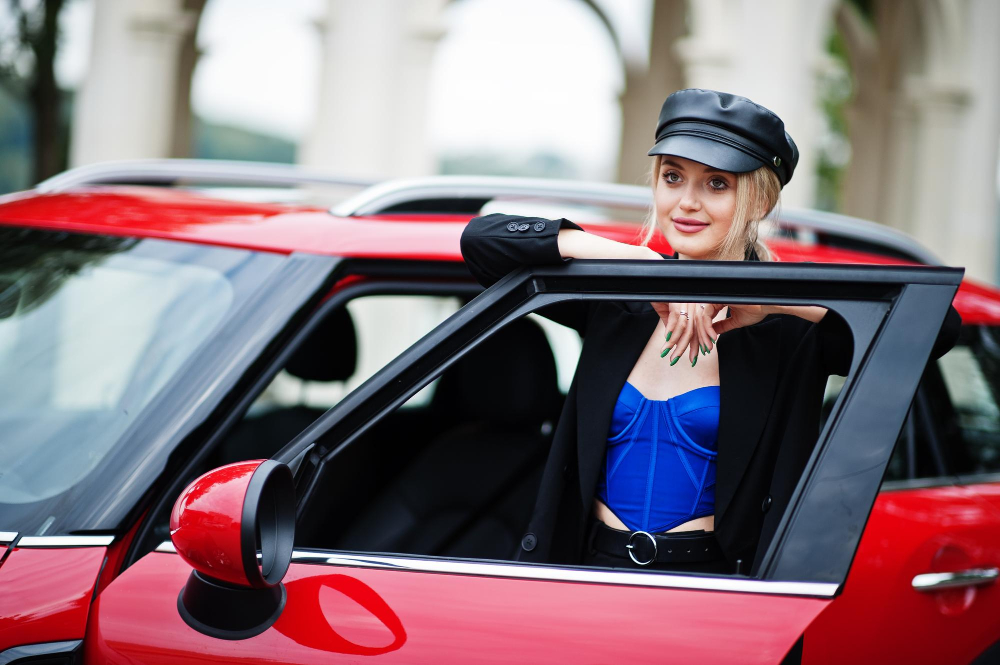
The resurgence started in 2015 with Jean Paul Gautier’s spring collection followed by Mcqueen in 2016 soon Prada, Balenciaga and many others followed suit before the racks of every Zara and H&M.
Corsets as a concept never truly went out of style as shapewear, especially, with brands such as SKIMS is still just as desirable as it was in the 1950s. Although we have moved past whale bones and wood, people still wear garments for not only support but also to accentuate the body’s shape or even hold it in place. Since hourglass body type started gaining popularity we were bound to see corsets make an extravagant comeback.
All in all, corsets are an evergreen part of our wardrobes, with the way they have grown with time, and changed names and shapes. I am quite excited to see what the designers are going to do now. SKIMS has been doing some experiments so let us unwrap that…some other time.

Shared by : Ada Ashish
Author’s bio:Ada Ashish (@ada_actually)I am a fashion writer and stylist. I write about how consumers interact with and get influenced by the visual ingenuity behind fashion media and delve into fashion history. The clothes we wear send subliminal signals about a person; I am cognizant of the ensuing conversion of the trend cycle, therefore, I use my knowledge to style people to suit their disposition and ideal lifestyle.

